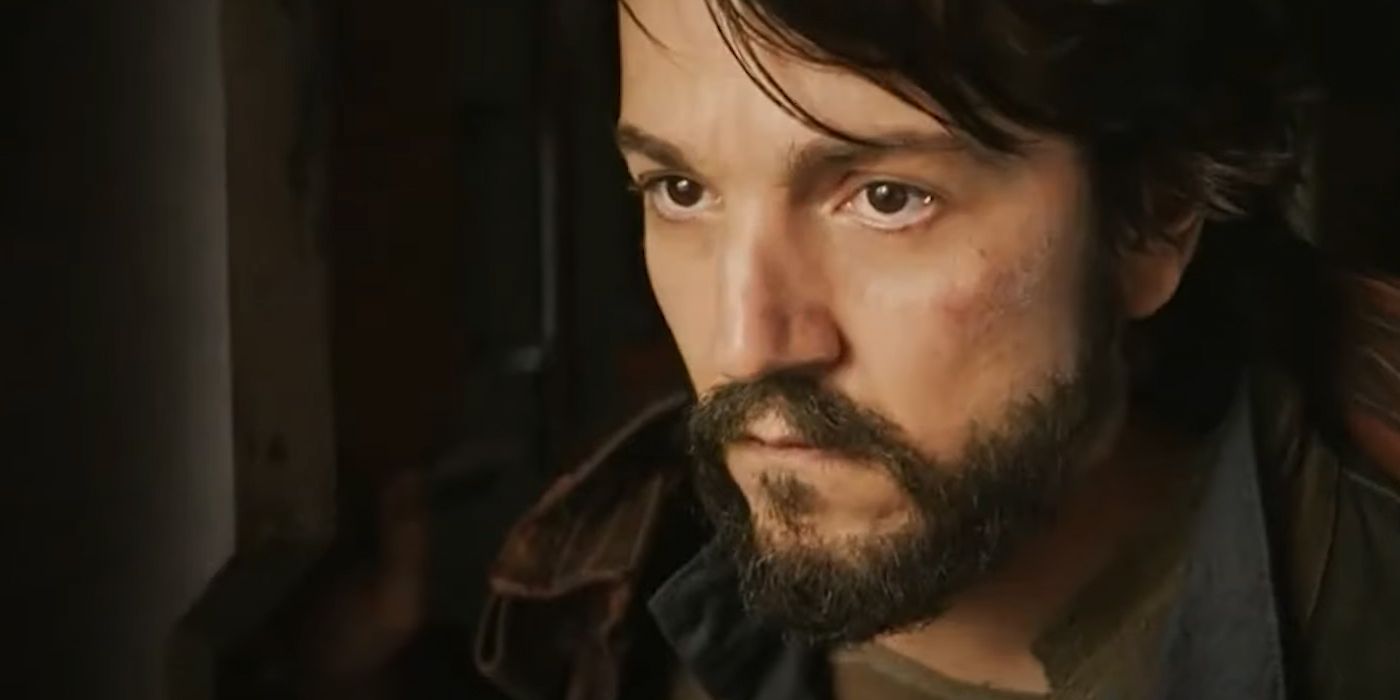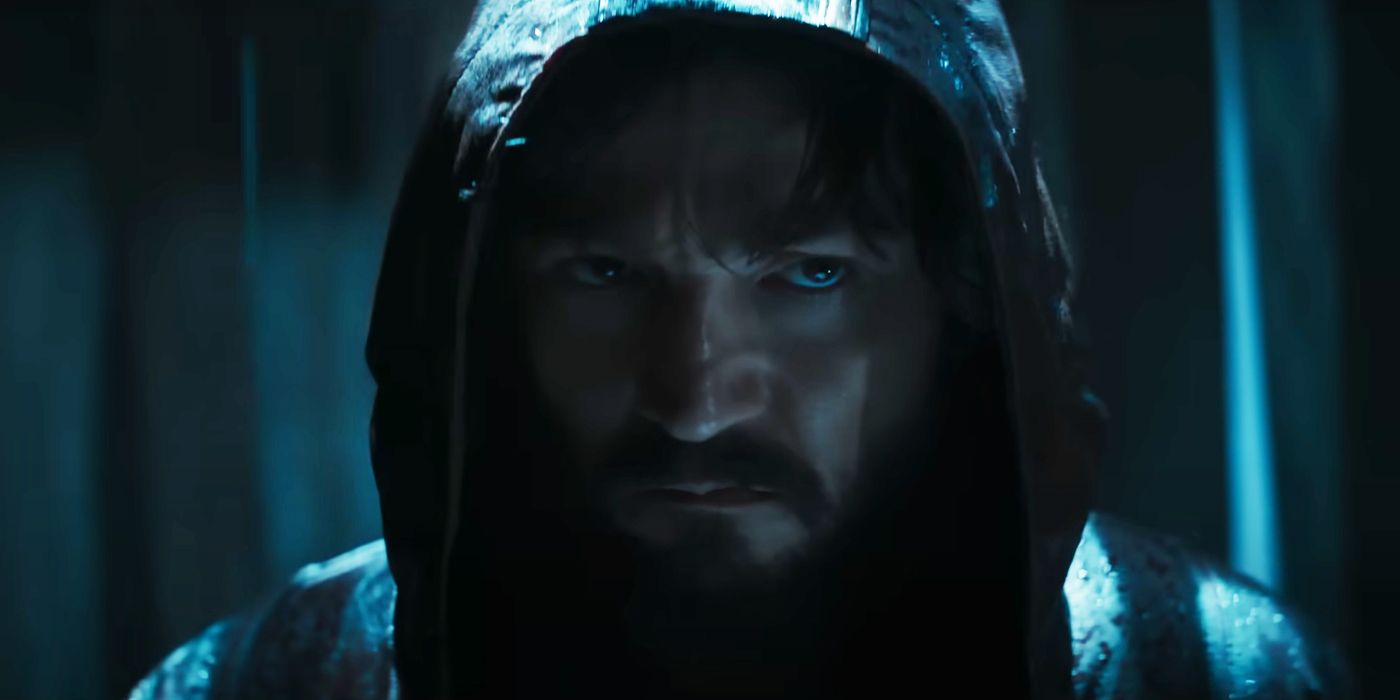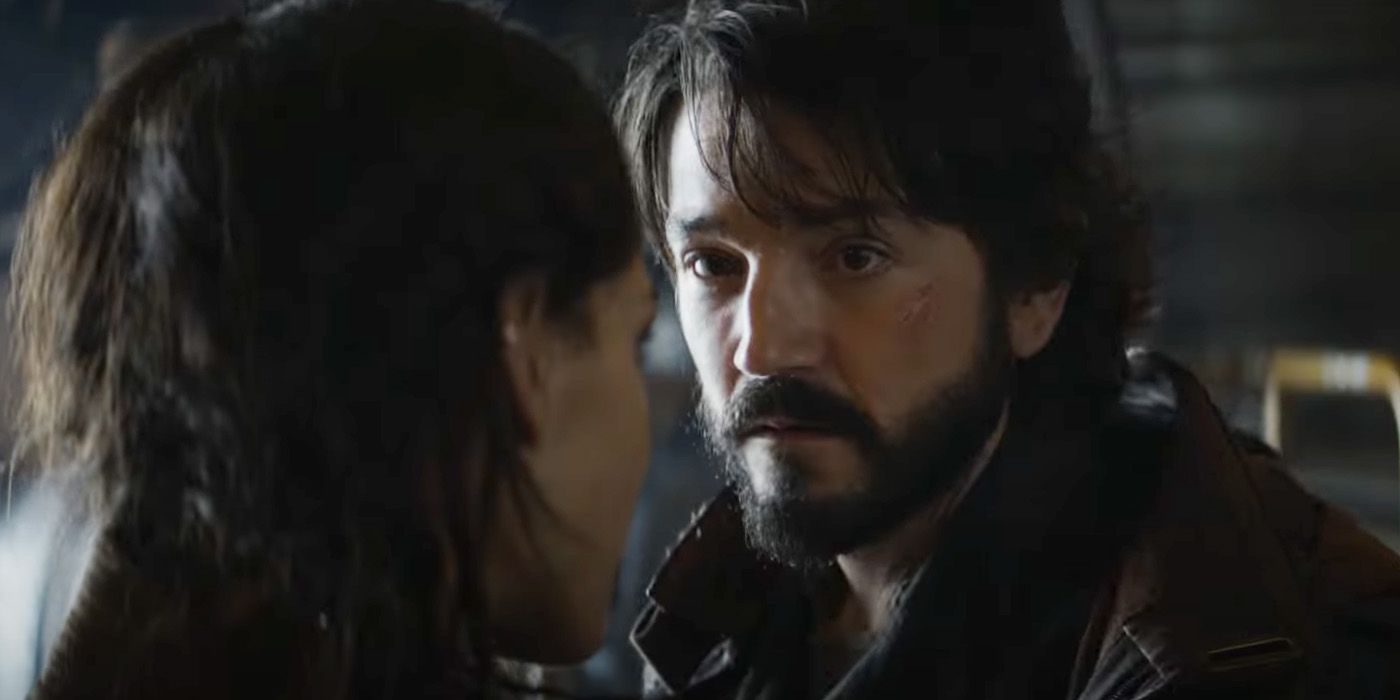Editor's note: The following contains spoilers for Episodes 1-3 of Andor.
In the first three episodes of Andor, the latest of an ever-growing number of Star Wars shows, we've gotten a glimpse of what this universe can be when not confined to telling the same stories about the Skywalker saga that we've seen time and time again. While the central character of thief-turned-revolutionary Cassian Andor (Diego Luna) has a tragic endpoint to his story that remains fixed, the details the show is already uncovering feel both richer and more immersive than this galaxy has been in a long while. It shows that there is still potential for this world to go somewhere new. When not overly restricted to being referential or pinned down by existing storylines, it can go in different directions that expand rather than contract.
From the opening moments of the first episode, there was already the sense that this story was taking on something new. Watching Andor, a character that had largely been part of an ensemble in Rogue One, navigating the dark streets of Morlana One alone for more personal reasons provided a strong initial hook. Even though we think we may know all there is to know about this character, his reintroduction felt more mysterious and grounded because of how textured the setting is. While Star Wars has often gestured at some of the more sordid aspects of its world, it has also mostly kept things lighter in tone. That isn’t the case here, as Andor smoothly talks his way into a brothel populated by a couple of corrupt agents of the oppressive state who he subsequently kills in an altercation outside. This initially feels more akin to a scene from Blade Runner than it does anything else, though with its own bleak disposition and a lot less neon. From there, the layers of Cassian’s life get pulled back.
From the day-to-day life of the planet where Cassian hides out following this mission to the background of how he was taken from his home planet of Kenari as a child, Andor feels like a story whose potential is seen in the new worlds and characters we're getting to learn more about. This isn’t just sand environment after sand environment that all feel interchangeable; instead, the show takes us deeper into new settings and the peoples of each planet. The first three episodes of Andor show via flashback that he was separated from his sister after being taken from Kenari. Everyone has since been presumed dead, a grim origin story reflected in the way Cassian is willing to risk anything to find out what happened to the only family he has left. It serves to show how the Empire has had a devastating impact on everyday people who often got lost in the scale and scope of the recent stories that have been told. Even as we know that he’ll be swept up in this broader fight for the future of the galaxy, watching Cassian make his way out of a personal crisis is a welcome change of pace.
Andor shows that these stories can truly thrive when they actually engage in the specificity and the exploration of narrative ground beyond the broad strokes. This is the bread and butter of Star Wars storytelling that had often been lacking in many of the prior cracks at the material. These stories can’t just be about the thrills of nostalgia or recognition. While that can be fine in small doses, merely going for references does not make for a compelling work that can stand on its own. Even though we know that the familiar character of Mon Mothma (Genevieve O'Reilly) will play an integral part in the show, for now, we are more focused on Cassian’s fraught relationship with Bix Caleen (Adria Arjona) who we hadn’t yet seen before. The history they have is revealed in smaller conversational character moments when he comes to her for assistance even as they no longer are nearly as close as they once were.
The two care for each other even as they have grown apart, setting up a looming conflict that reaches a breaking point in the third episode when Bix’s new partner betrays them both. None of them have a grand family lineage or connection to existing characters. Instead, they are just people who are trying to make their way in a world that has pushed them down. Even the man ringing the bells every single day in the community is a nice touch. We don’t know anything about him, but it helps to further establish the rituals of the setting that would otherwise go overlooked in a story with its eye on what legacy characters are up to. Andor, in ways both big and small, is giving us a glimpse of the corners of this galaxy that have otherwise gone largely unexplored up until now.
The entire experience feels far more lived in and engaging as a result. It provides a road map for what future stories in the vast world of Star Wars can and should be when given the chance to explore. All of its various details serve not just the story but the broader series by pushing the narrative beyond the conventions that have largely controlled it until now. While there are some who have bemoaned the lack of references or so-called Easter eggs to the existing universe, this is not a bug, but a feature that makes the show a standout in a crowded landscape of IP-driven stories. It all ends up operating in its own lane, challenging the constraints that have been put in place far too often.
It is in this approach that Andor has the potential to be the antidote that Star Wars needs to continue to feel fresh as opposed to tiredly relying on its existing narrative foundations. There is still more to come with where the show goes next, but it is providing what looks to be a new direction that eschews what has come before in order to chart its own path for the characters and the vast galaxy unfolding before them.



